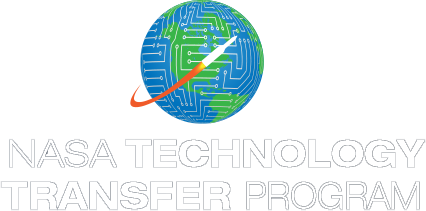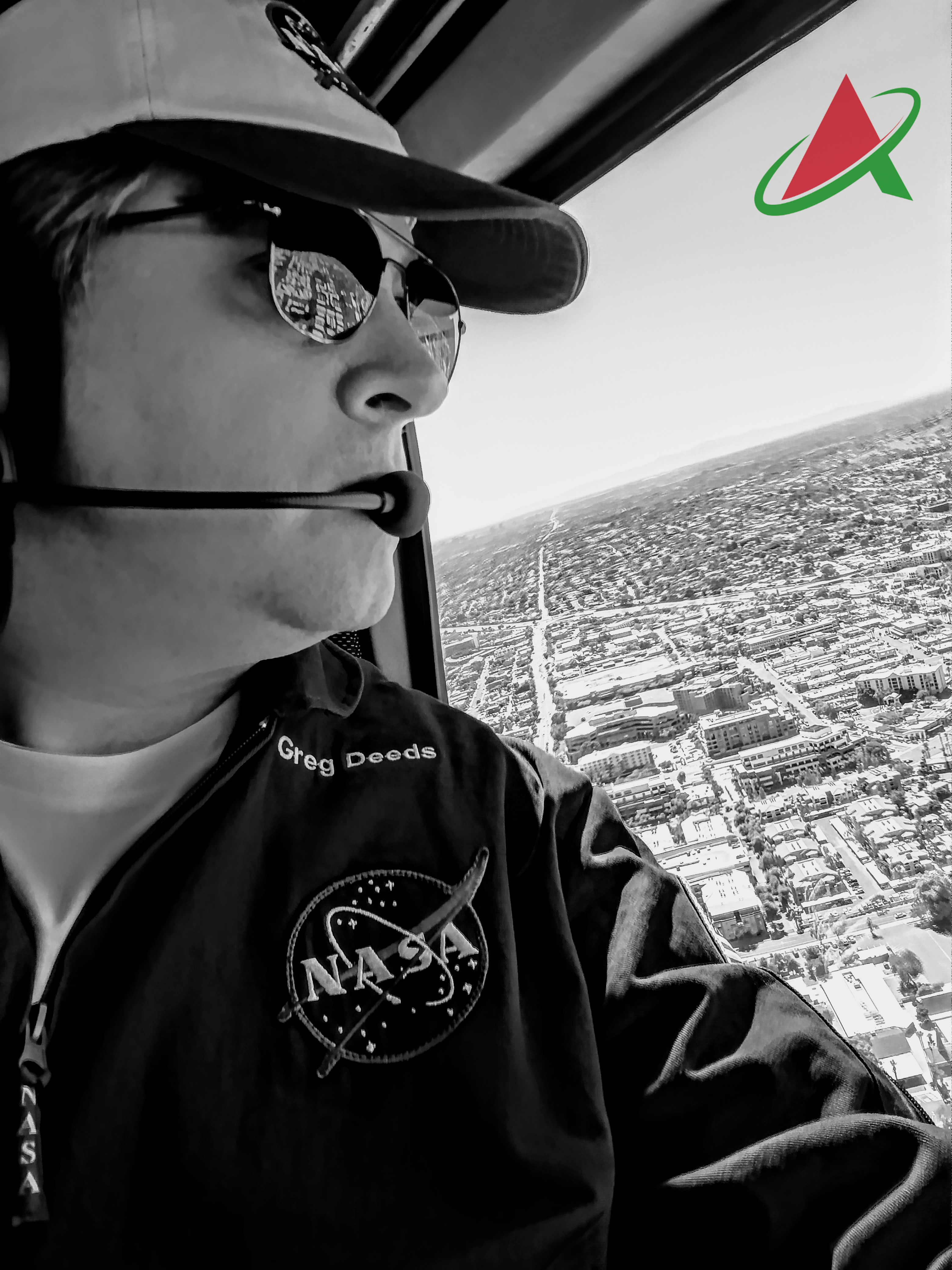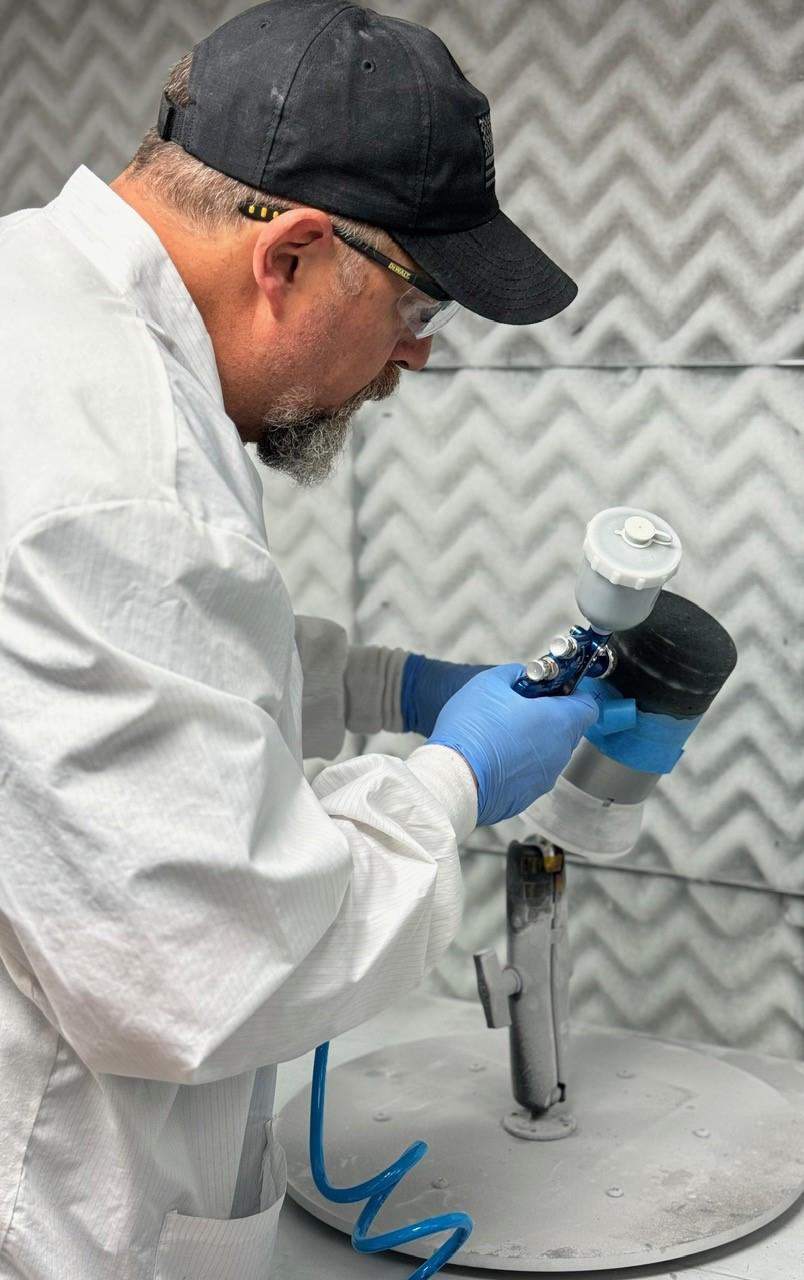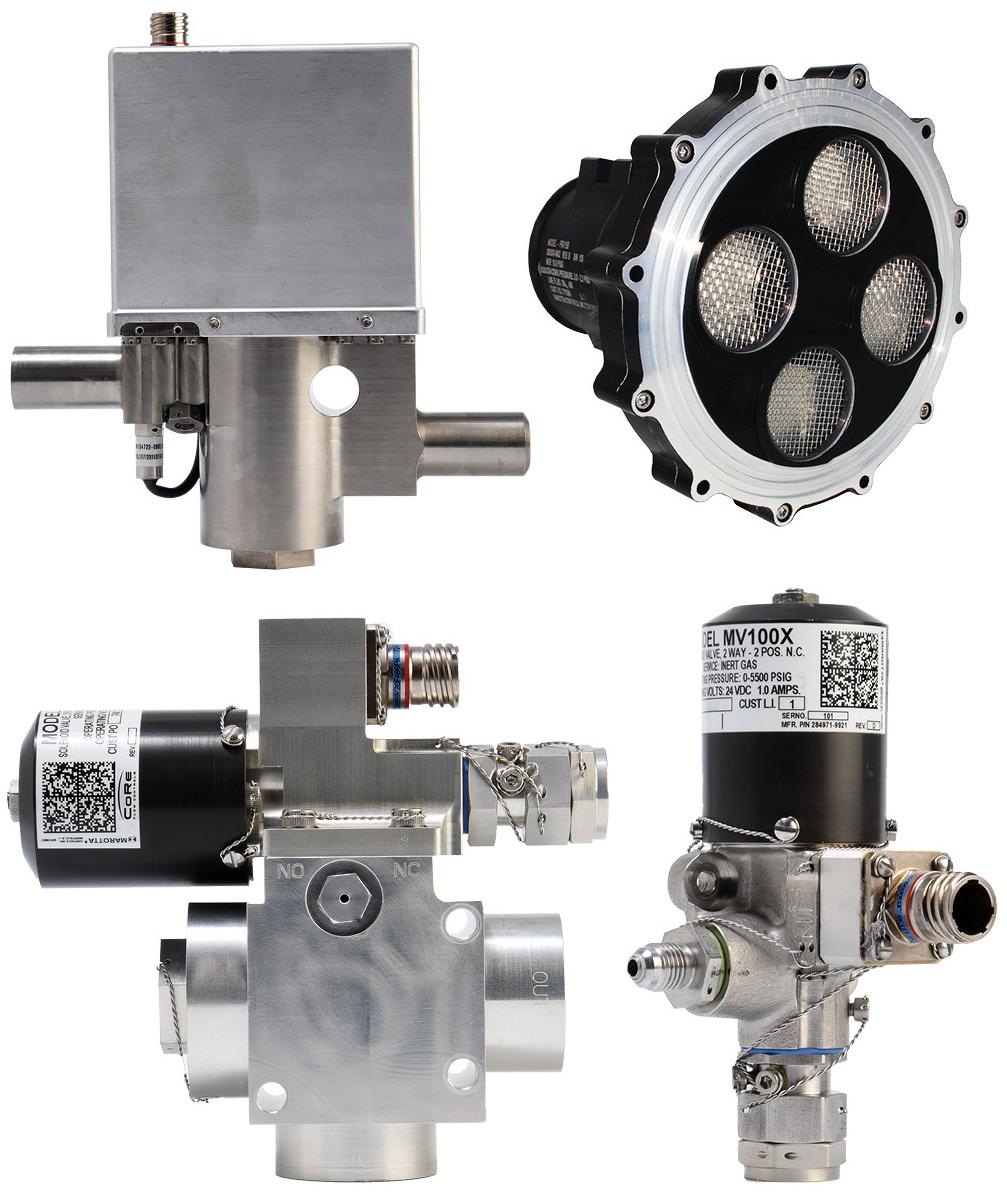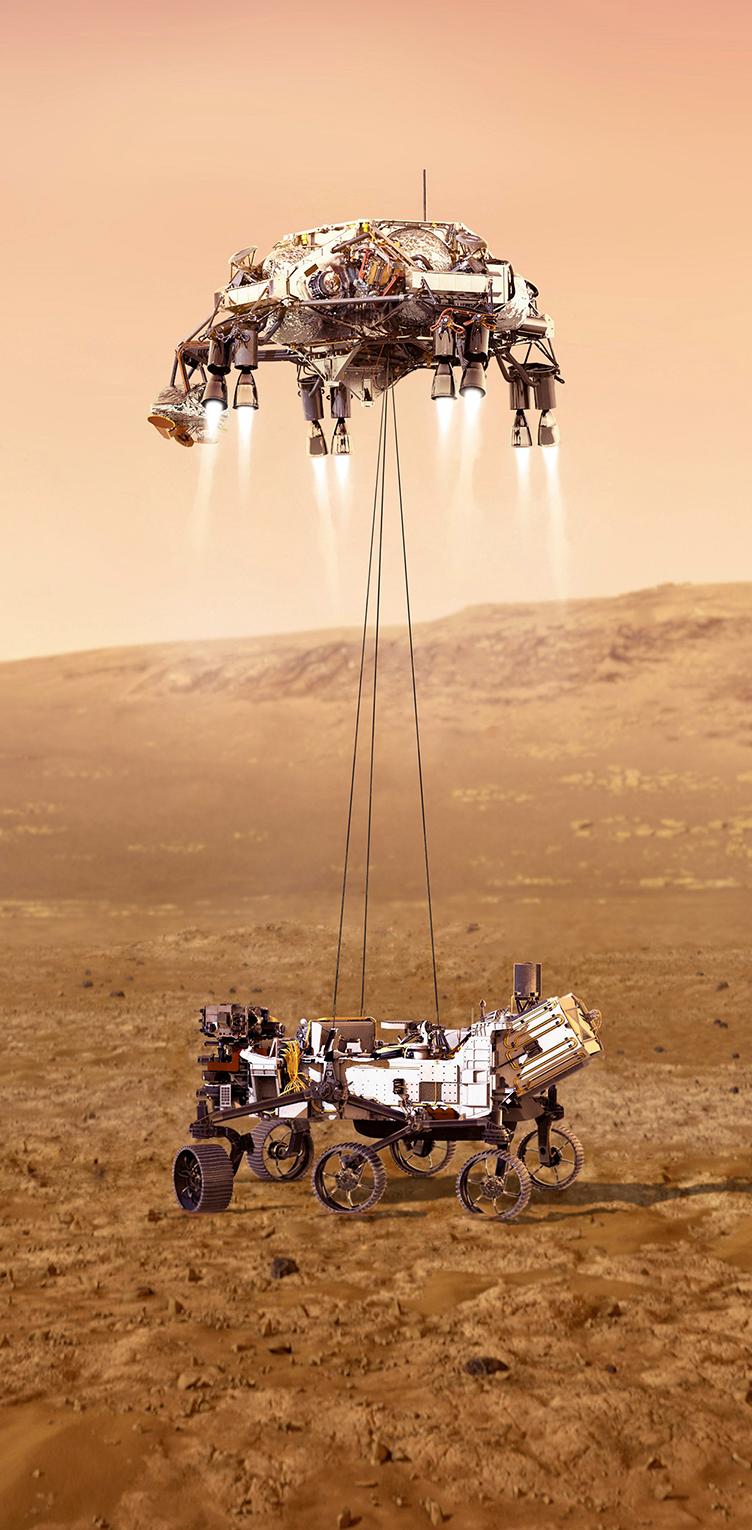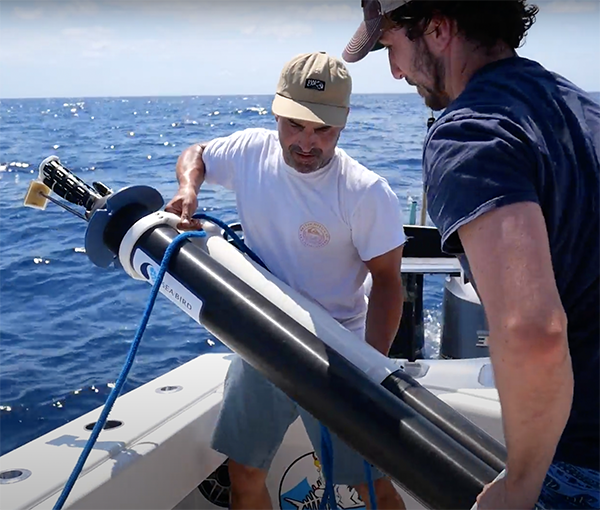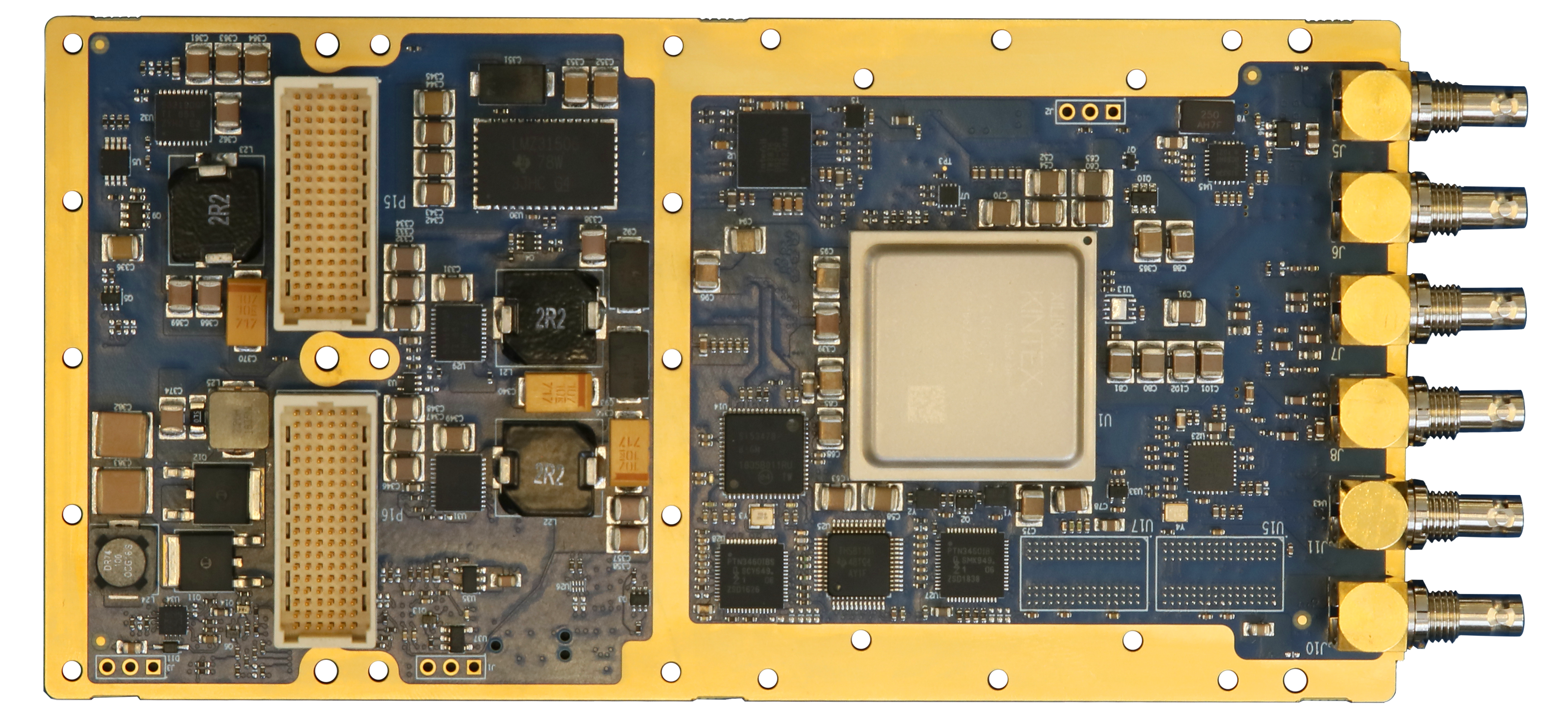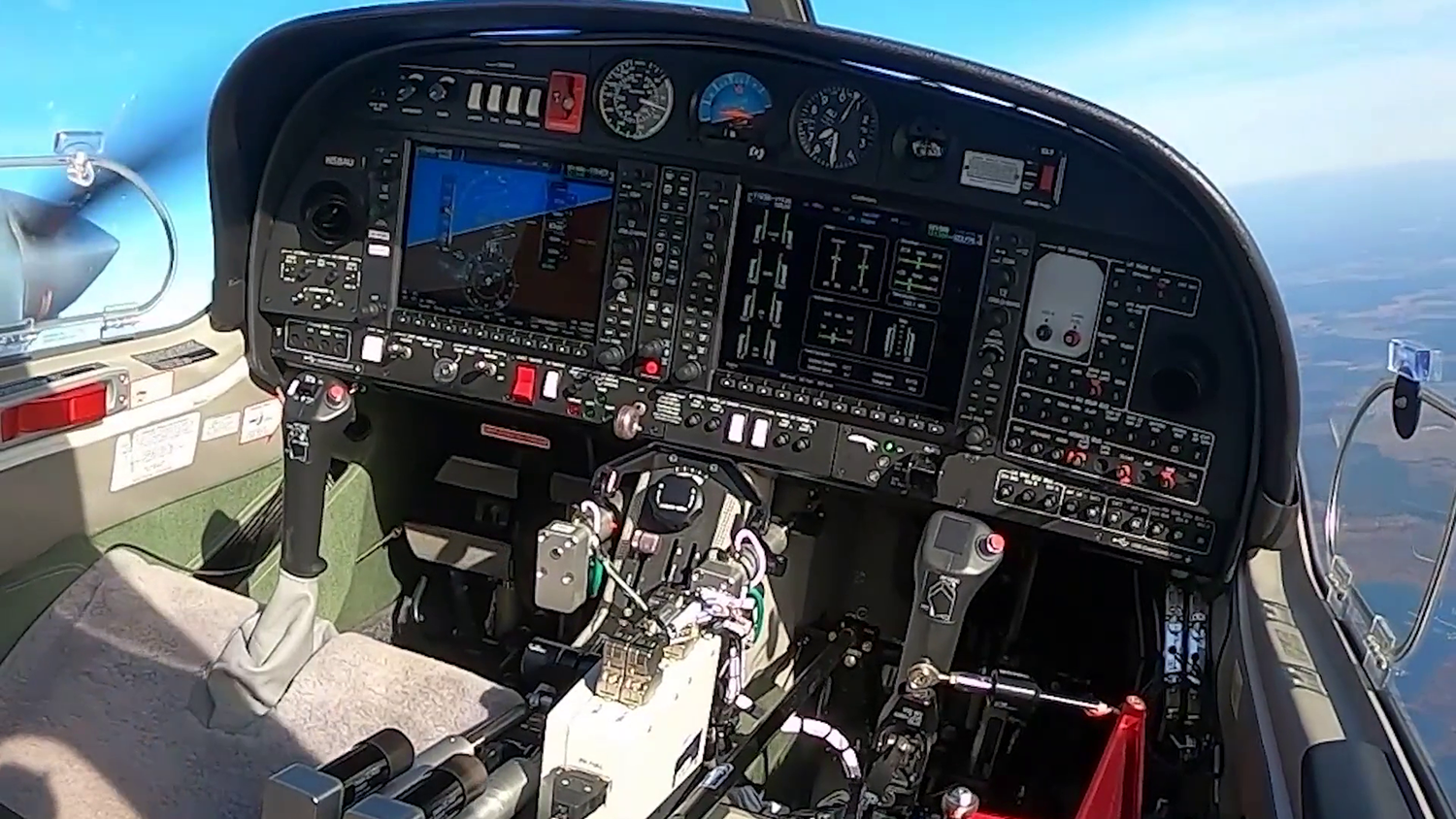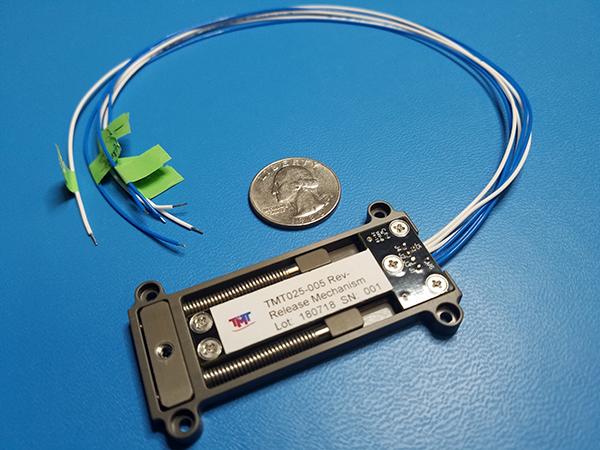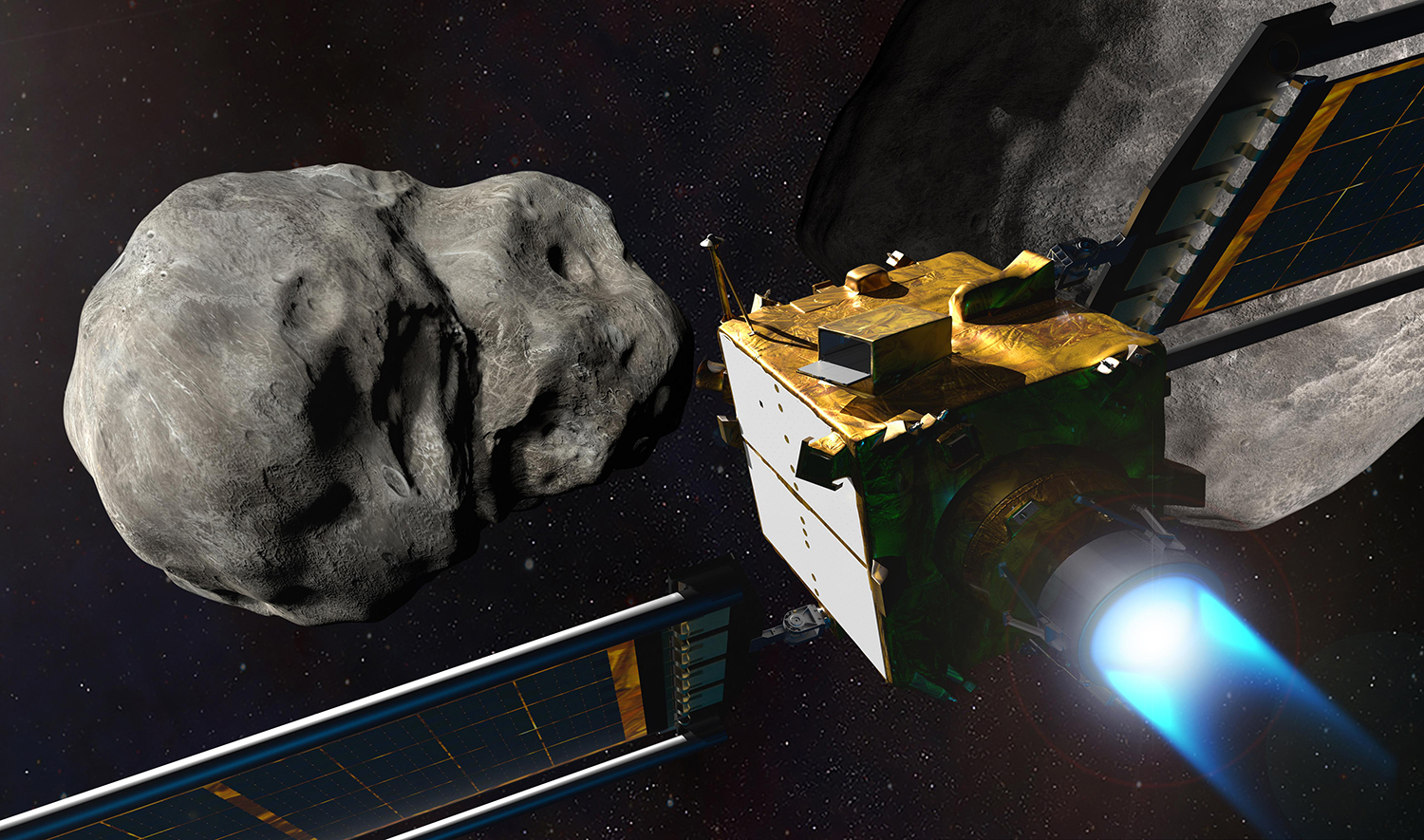
Cloud Software for Above the Clouds
Subheadline
NASA-licensed software enables detailed planning for commercial space
Planning a space mission can be a very involved process. Ensuring orbits are lined up and spacecraft have enough fuel is imperative to the long-term survival of an orbital asset. Continuum Space Systems Inc. of Pasadena, California, produces a cloud-based platform that gives mission planners everything they need to certify that their space resources can accomplish their goals.
“It’s basically a mission in a box,” said Loic Chappaz, cofounder and chief technology officer of Continuum Space Systems. “You have a design, you have navigation, you have a solution.”
Continuum’s story begins at NASA’s Jet Propulsion Laboratory in Southern California. Chappaz started at JPL as an intern working on astrodynamics related to the Double Asteroid Redirection Test. There he met Leon Alkalai, a JPL technical fellow who spent his 30-year career at the center planning deep space missions. After Alkalai retired from NASA, he founded Mandala Space Ventures, a startup that explored several avenues of commercial space development. Chappaz soon became Mandala’s first employee, alongside other former staff from JPL. But to plan their future, Mandala’s leadership needed to start thinking about the act of planning itself.
“We developed several mission concepts, with analysis and simulation design, but we were confronted with the problem of not having the right tools, software, or workflows that were adapted to all the new space activities,” said Chappaz.
Because the staff had decades of combined experience at JPL, they knew the center had the building blocks for the software they needed. After licensing several pieces of software from JPL, the company began building planning systems that were highly adaptable to any space mission it could come up with. Mandala eventually became more of a venture firm that incubated space-related startups rather than a space company itself. However, because Mandala had invested considerably in developing mission-planning tools, further development could be performed by a new company, and Continuum was fully spun off from Mandala in 2021.
Based on the Amazon Web Services cloud platform, Continuum’s tools are designed to take a space mission from concept to completion. There are three different components to the “mission in a box” — design, build and test, and mission operations. The base of these tools are several pieces of software developed at NASA. These include the General Mission Analysis Tool for high-level plotting of missions; a method of planning observations called Spacecraft, Planet, Instrument, C-matrix, and Events (SPICE); and the Mission Analysis, Operations, and Navigation Toolkit Environment (MONTE), which enables accurate assessment of spacecraft positions from millions of miles away.
“When you measure position, there’s some error there that can be found with basic calculus,” said Bill Taber, who leads MONTE development at JPL. “What our software does is turn that error into a more accurate estimate of where the spacecraft is.”
As of 2024, several space startups have begun planning missions with Continuum’s software, as well as established operators of satellite constellations. Chappaz believes Continuum only got to where it is today by licensing NASA technology.
“The vision was always to transfer some of that technology into the marketplace. Do we think we’re smart enough to do it from scratch? Maybe not,” Chappaz said. “This is really core to what we can provide to other people to enable the blossoming space revolution.”
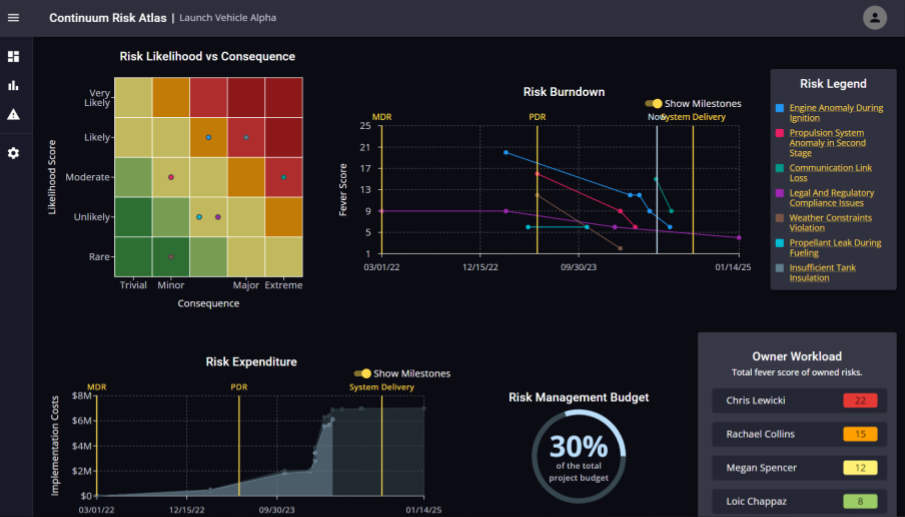
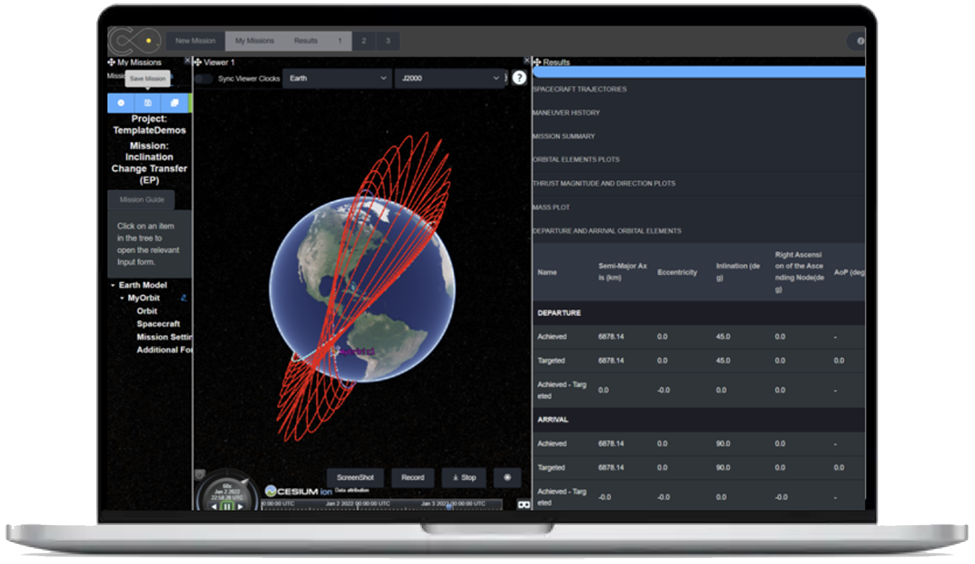
Continuum’s platform includes several features for mission planners, such as plotting orbital maneuvers and risk management evaluations. Some of these are built upon software licensed from the Jet Propulsion Laboratory. Credit: Continuum Space Systems Inc.

The Double Asteroid Redirection Test required extreme precision in mission planning to achieve its mission of impacting an asteroid. The founders of Continuum Space worked on astrodynamics relating to this mission, which they used to inform their product. Credit: NASA

